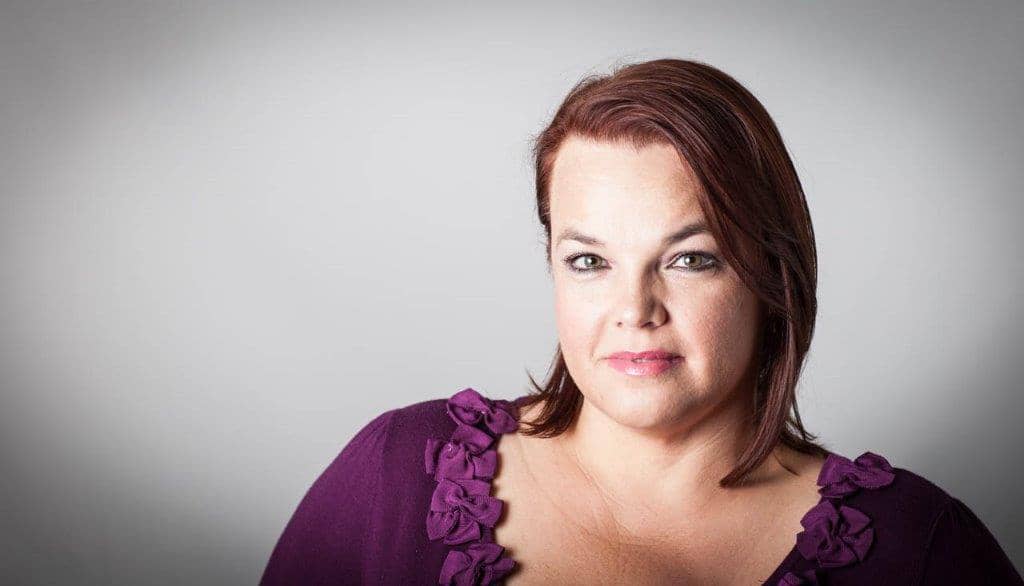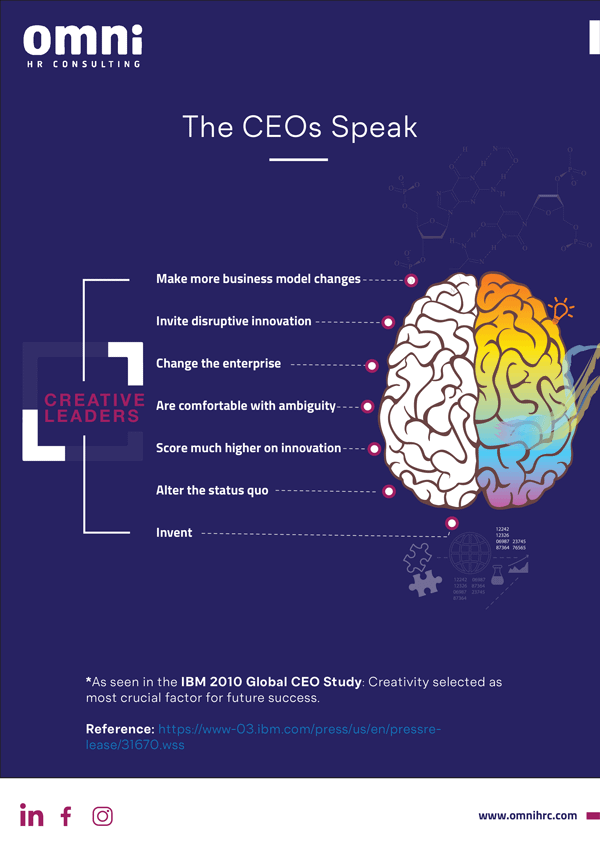From the Desk of the MD
Lize Moldenhauer
Creative Chaos
I would like to take a moment to discuss Chaos Theory – it nearly feels like a conversation that should be had with Sheldon Lee Cooper Ph.D., Sc.D., the fictional character in the CBS television series “The Big Bang Theory” – but NO, it is one we should have. Allow me to explain.
As referenced from Wikipedia; Chaos theory is a branch of mathematics focusing on the study of chaos. Chaos theory is an interdisciplinary theory stating that, within the apparent randomness of chaotic complex systems, there are underlying patterns, interconnectedness, constant feedback loops, repetition, self-similarity, fractals, and self-organisation. Does this not feel a bit like what we are experiencing, with the global complex chaos of COVID-19 and the subsequent patterns of the chaos?
Today, we find ourselves at Level 4 of lockdown – honestly I think most of us had hopeful optimism that after lockdown (Level 5) we would return to some form of normality, however, the chaos that was created through the global pandemic has resulted in a “new normal”. We will not return to the way things were – change will be our constant companion in the days and months to come. If this is true, how do we harness the chaos of the day with the constant variable change?
In his book, Everyday Chaos by David Weinberger, he writes: “Change is proportional to effect. If you want to lift a hundred-pound bag of potatoes, it’s going to take twice as much effort as lifting a fifty-pound bag. When it comes to simple physics, that’s just the way it is. But a tiny pebble that hits your windshield can shatter it. A snowball can unleash an avalanche. An amateur video can go viral, bringing millions of people out into the streets. In each of these cases, it still takes a lot of energy to make a big change, but that energy can come from tiny changes distributed throughout the system, if the system is large, complex, and densely connected enough.” Nearly like the butterfly effect, an underlying principle of the chaos theory. A small change can make much bigger changes happen; one small incident can have a big impact on the future.
Therefore, the chaos of the day as the constant variable, change is having a dramatic impact on our future and that of our businesses. Reflecting on this reality as a leader I realized that we all form part of a system – an interconnected, complex, large system. If we drive small changes it can lead to bigger change – bigger impact. I have recognized the co-dependency of our value chain (staff, clients, learners, suppliers, community, government, etc.) and would like to encourage you that even if you think the creative strategies you are considering for short-term survival and long-term sustainability is not making a difference; hang-in there - the butterfly effect is real.
In my previous communication, I referenced the IBM Global CEO Study: ‘Creativity selected as the most crucial factor for future success’ and if we link the study outcomes to the context of chaos and change, it reaffirms the need for us to be creative in this time of flux. Small changes that you consider over this time can have a great future impact, even if it feels like you are navigating in total darkness.
At Omni we have developed disciplines that help us engage in this chaos and change – we know that small changes eventually lead to big rewards and that creative and out-of-the-box thinking is needed so that we remain current and value-adding partners in the co-dependent value-chain.
The IBM Global CEO Study refers to 7 parameters for “instilling” creativity. At Omni, we have worked with these parameters and they are integrated into our strategic intent and purpose:
- Business Model changes – months ago we realized that the global impact of the 4th Industrial Revolution will dramatically change our industry. We worked tirelessly with various stakeholders to ensure our business model allows for the adaptation of this disruption. This is even more necessary now than before. We find ourselves needing to adapt our business models to the “new normal” and make policy changes. Be prepared to change – and know, that which worked yesterday will not work tomorrow.
- Disruptive Innovation – I can remember the first time we spoke about being disruptive in education locally with a global reach. The word disruptive felt disrespectful, but the intent was to provide our stakeholders with current, dynamic skills development solutions that would aid and support their unique needs while being globally comparable and competitive, especially where our virtual and e-learning solutions were concerned.
- Change the Enterprise – Not for one moment can we feel like we are done or that we have arrived. If the organization is not evolving, we will be left behind. Omni has a culture of being a groundbreaker. We are comfortable to test and pilot new and innovative ways of doing things but will never compromise one of the key fundamental pillars of our business – creating standards other are drawn to.
- Comfortable with Ambiguity – Now more than ever this is a reality. Policies, economics and frameworks are ambiguous and change daily. If we are not able to adapt and navigate ambiguity it will result in us waiting for clarity – why not be part of the clarity creators?Test theories, try models – doesn’t the best business lessons come from failure? At Omni, we pride ourselves on wanting to be part of scenario planning for ambiguous parameters.
- Innovation – drive innovation to the benefit of the recipient, in our space our “recipients” are our learners and clients We tend to start with the needs of the end-user and consider what innovation will support them and help them succeed. After all, we are in the business of solution-provision and helping solve complex problems to the benefit of all our stakeholders.
- Alter the Status Quo – I think there is nothing more damaging than being close-minded. Allow your teams and staff to challenge how things are done. Encourage your leaders to try new ways of doing things. I believe you will be very surprised by the level of innovation and creative solutions that could lead to great wins in both productivity and cost-effectiveness.
- Invent New Business Models – Once you engage your teams across the 6 parameters (listed above) you will be astounded by the new innovative business models that will emerge. Harnessing collective creativity across a diverse organization leads to great strides in business model adaptation.
I am a firm believer that cultivating creativity in an organization will help navigate the future, especially the future we will be facing … one that is chaotic and filled with change.
May I encourage you to continue to make small changes in this time of ambiguity and chaos; and may the changes be filled with the creative and innovative flair that will support your short-term survival and long-term sustainability.
Until next time,
With Regards,
Lize Moldenhauer
Related Posts
Omni HR Consulting has decided to seek global certification with The CPD Services in the UK, benchmarking the organisation and its programmes against global standards.
Watch this 30min on-demand recording to hear some practical tips from Cassandra for young leaders in the world today.
Listen to this 30min on-demand recording to hear some practical tips from Cassandra for young leaders in the world today.




